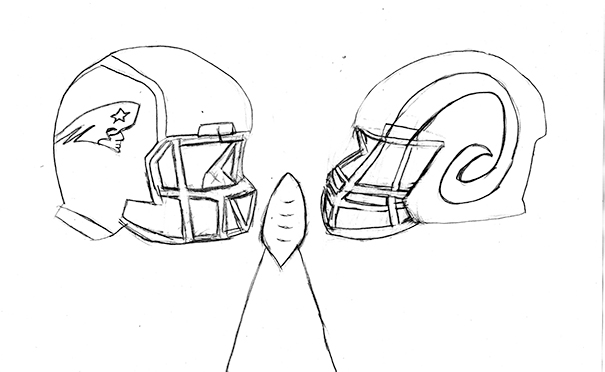One thousand seventy-five yards of total offense over two games, 84 total points in two convincing victories, one undisputed champion.
Ladies and gentlemen, the College Football Playoff works, and it’s here for the long haul.
Last night, the Ohio State Buckeyes took home the National Championship as the four-seed in this year’s playoff bracket, decisively defeating one-seed Alabama before annihilating the six and a half point favorite, Oregon Ducks.
It’s clear that the playoff system worked flawlessly, and it’s not unreasonable to suggest that it is already better than the Bowl Championship Series ever was.
The kicker is, under the previous system, Alabama and Florida State would’ve met in the National Championship game, while Oregon dueled with Ohio State in the lowly, “winner-takes-nothing” Rose Bowl.
Had this happened, we would’ve been treated to endless ESPN pundit segments with Stephen A. Smith and Skip Bayless hounding the BCS system for leaving deserving teams out in the cold. Luckily, we’re past that.
The best part of the new system is that we won’t be forced to ask ourselves “what would’ve happened if Team X had played Team Y, etc.,” all the while knowing that we never would’ve gotten a real answer.
So what happened? Was it Oregon’s weak defensive line that couldn’t stop Ohio State’s Cardale Jones and Ezekiel Elliot, or was it Ohio State’s sharp tackling and stout goal-line play that kept Oregon from capitalizing on four turnovers? Naturally, it’s all of the above.
More important, however, than the game itself is what has been illuminated about the college football landscape. First and foremost, college football is top-heavy, with the powerhouse schools being supreme in almost every way.
We all knew that, but the new system allows the selection committee to choose between a group of three or four teams for the final two spots that are somewhat distinct versus choosing between two teams for the second spot in the BCS championship game.
Second, it shows us how good the Big Ten (B1G) Conference already is, and is about to become. Make no mistake, Urban Meyer is crafting a dynasty, and look for newly-appointed Michigan coach Jim Harbaugh to quickly start doing the same.
With two more spots in play for a shot at the title, the Big Ten will continue to swell with talent, thus decreasing the Southeastern Conference’s stranglehold on premier recruits. This means more competition and therefore elevated play.
Despite what ESPN and the selection committee insists, weekly team rankings do matter, and suddenly the top six teams are playing pseudo-playoff football for the second half of the season.
So while it was ultimately Ohio State, Florida State, Oregon and Alabama that met in the real playoff, the reality is that Texas Christian University, Baylor and Michigan State all played playoff games. How fun is that?
Finally, it’s just fair, which is what everybody wanted in the first place. to quote Remember the Titans, “let the boys play.” Well, we’re letting’ em play now.















